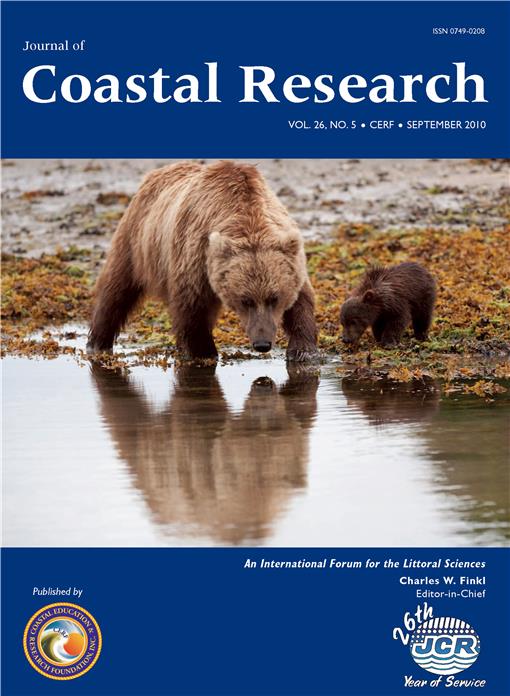A primary cause of wetland loss in the Louisiana coastal zone has been the construction of flood control levees along the Mississippi River. These levees restrict the inputs of freshwater, nutrients, and sediment that historically replenished these wetlands. Wetland loss is compounded by other factors such as storms, introduced herbivores, and saltwater intrusion. How do such simultaneous changes in fertility and disturbance regimes affect the vegetation of coastal wetlands? Will proposed restoration strategies, such as freshwater diversions and protection from herbivores, increase the productivity and accretion rates of coastal wetlands without sacrificing plant species diversity? During this 2-year study, we applied five disturbance treatments (control, fire, herbivory, single vegetation removal, and double vegetation removal) and four fertility treatments (control, sediment addition, fertilizer addition, and sediment fertilizer addition), using a split-plot factorial design with herbivory exclosures as main plots and species richness and total aboveground biomass as dependent variables. We found that nutria, the principal vertebrate herbivore of the marsh, limited biomass production. Other disturbances decreased biomass, but only to a limited extent in the absence of herbivores. The sediment fertilizer treatment, which simulated the additional nutrients and substrate material that a freshwater diversion might deliver, significantly increased biomass production. Fertilizer significantly increased the biomass only in the absence of herbivores. We had limited success in predicting species richness after 2 years. Only the most severe disturbance decreased species richness, whereas fertilizer addition seemed to have a minor effect (p = 0.08). Sediment- and nutrient-rich waters from freshwater diversions will likely mitigate negative impacts of nutria grazing on biomass and have no effect on species richness. However, it should be noted that freshwater diversions will have the most impact if nutria populations are reduced.
How to translate text using browser tools
1 September 2010
Hurricanes, Floods, Levees, and Nutria: Vegetation Responses to Interacting Disturbance and Fertility Regimes with Implications for Coastal Wetland Restoration
Tiffany B. McFalls,
Paul A. Keddy,
Daniel Campbell,
Gary Shaffer
ACCESS THE FULL ARTICLE
Dynamic equilibrium model
fertilizer
fire
freshwater diversion
herbivory
Huston's model of diversity
Louisiana





